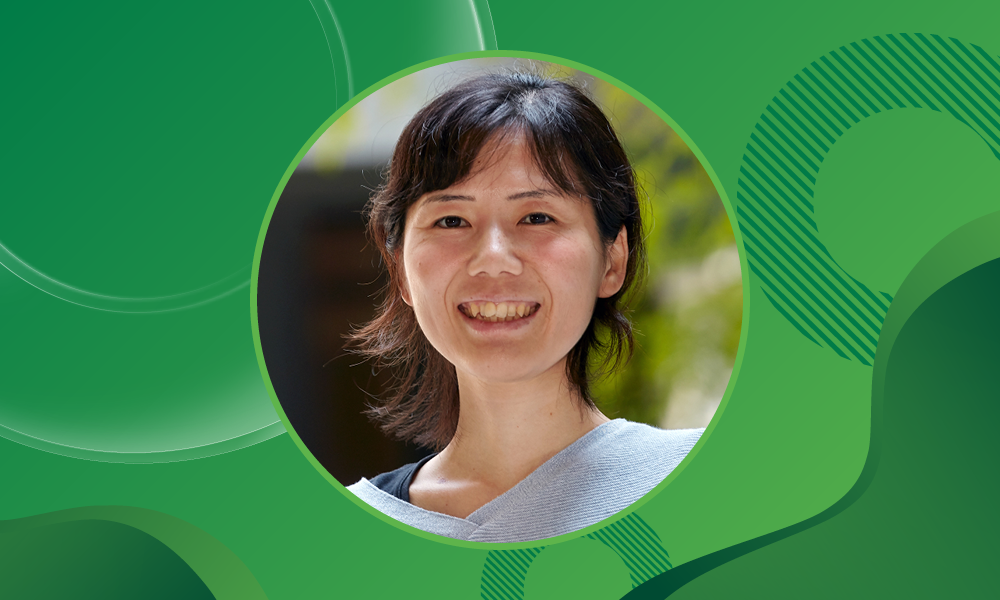Miki Ebisuya, group leader at EMBL Barcelona, has been awarded a prestigious ERC Consolidator Grant funded under the European Union's Horizon 2020 research and innovation programme. Over the next five years, the grant of €2 million will allow her to continue and extend her group's research on the biochemical mechanisms that determine how fast mammalian embryos develop.

Miki Ebisuya established her research group at EMBL Barcelona in 2018 to study the biochemical processes governing the development of embryos. In particular, she wants to understand why different species go through developmental processes at different speeds.
In their most recent study, Ebisuya and her colleagues observed that biochemical reactions in developing mouse embryonic stem cells (ESCs) and human induced pluripotent stem cells (iPSCs) run at different speeds. The rhythmic signal of the segmentation clock - a genetic network that governs the sequential formation of the body pattern in embryos - beats more slowly in humans than in mice.
The biological concept behind this phenomenon is called 'developmental allochrony', and Ebisuya's ERC grant will allow her to investigate it further, and in greater detail than before.
Previously, the scientists studied a gene named HES7, which is part of the segmentation clock. "We found that in mouse cells both the HES7 messenger RNA gets processed and the HES7 protein gets degraded much faster than in human cells. But we don't know yet why this is the case - the molecular mechanisms behind developmental allochrony remain unknown," explains Ebisuya.
This is where the ERC Consolidator Grant comes in. Endowed with €2 million for a period of five years, Ebisuya and her group will be able to scrutinise the entire genome for genes that show different biochemical reaction speeds, similar to HES7. The goal is for this approach to help the scientists to identify shared characteristics among these genes, and lead them towards the molecular mechanisms. The team has already identified two cellular processes that might be involved and will test these hypotheses in parallel.
Finally, Ebisuya and her group will be able to address the important question of how universal their observations are. "So far, we have looked at mouse ESCs and human iPSCs that were developing into a specific cell type, called presomitic mesoderm. In future, we aim to study gastruloids - 3D aggregates of stem cells that develop an embryo-like organisation. We can obtain gastruloids from ESCs or iPSCs of diverse mammalian species," explains Ebisuya.
Using gastruloids, they will be able to investigate which cell types exhibit differences in biochemical reaction speeds. The approach will also shed light on the question of how widespread developmental allochrony is among mammals.
"The ERC Consolidator Grant allows us to perform a much more detailed analysis of developmental allochrony. Additional group members will be working on the topic, and we will be able to expand our experimental toolkit," adds Ebisuya.
The European Research Council is Europe's main research funding organisation. It awards grants to researchers at various levels of experience across all scientific disciplines. ERC Consolidator Grants support scientists who have been performing independent research for several years, and whose work has made substantial contributions to their respective field.






